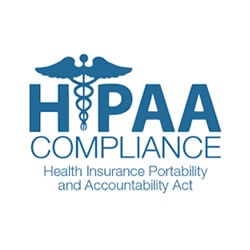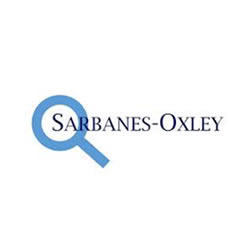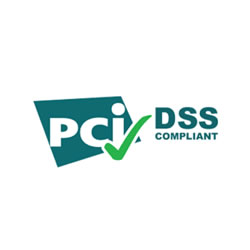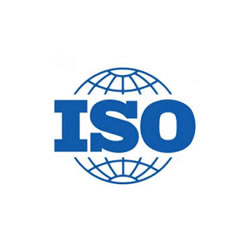Pro Services Virtual CIO, Project Consulting
Don’t let technology stand in the way of greatness.
If your I.T. department is overloaded,
or if you don’t have dedicated I.T. resources, taking advantage of
outsourced professional services can benefit your organization greatly.
Outsourced Professional Services by The Cloud Depot
Virtual CIO
Many small and medium sized businesses can’t afford a full-time CIO. A common problem with this approach however, is that your I.T. department bears the responsibility of daily maintenance and infrastructure management as well as planning, budgeting and procurement.
The rapidly changing technology landscape makes it virtually impossible to successfully wear all of these hats. The answer may be a virtual CIO, a cost effective alternative that fills the gap between executive management and Information Technology. A virtual CIO is an outside consultant who assumes vital roles, working remotely with your internal team at a much lower rate than filling a full-time dedicated position. A virtual CIO will assess your technology needs and take a look at the role technology plays in your organization and come up with a strategy to help you improve productivity, secure your data, scale for the future and increase your bottom line.
Project Consulting
Make sure your strategic goals and your specific technology plans are in sync AND compliant. In today’s market there is no shortage of solutions that can help drive revenue and increase productivity and security.
Additionally, choosing the right solutions and services and making sure they work with existing applications is critical. Servers, storage, backups, networks, software and cloud applications must all integrate. It’s important work with a specialist who can help design, test and implement your technology initiative while staying compliant with the complex requirements of industry regulations.
Cloud Migration
A successful cloud migration requires a customized plan designed for your organization. This plan includes objectives, requirements and current infrastructure.Don’t underestimate the importance of getting it right the first time. Stay focused on running your business and let your I.T. staff keep your systems operating smoothly while you transition some or all of your workload offsite. A dedicated solutions architect is the answer who specializes in these critical steps needed to successfully get you up and running in the cloud:
Review your business objectives
Assess the people, culture and business environment and prepare your organization for the impact of the move
Identify existing pain points
Analyze your current compute assets, systems and application portfolio
Evaluate requirements - present and future
Assess cloud configurations and usage
Chose the right cloud platform - ensuring compliance and security
Execute application deployment and management
Vendor Management
Are you or your staff constantly putting out fires with your technology partners? Most businesses have several different vendors providing solutions and services for:
internet connectivity
phone systems
payment processing
hardware maintenance
security systems
software licenses
Imagine how easy it would be to have one point of contact for all of them. Vendor management plans provide peace of mind, proactive problem solving and periodic vendor audits to make sure you’re getting exactly what you’re paying for.
Regulatory Compliance
Compliance You don’t cut your own hair and you shouldn’t attempt to initiate and manage complicated compliance and regulatory issues. Nearly every business must operate under certain industry regulatory requirements.
If your business collects personal, health, and financial data, it’s your responsibility to protect that data, both to remain in compliance and to maintain the trust of your customers. Failure to meet certain federal regulations can result in civil and criminal penalties, leading to costly fines and even jail time. Comprehensive audits, risk assessments and GAP analysis of policies, controls and processes will insure that your organization stays compliant in the complex regulatory landscape. Partner with an industry expert to help you navigate your way through these complex and sometimes costly regulatory waters.






Asset Procurement & Disposal
Device procurement is a critical part in building and maintaining a successful technology infrastructure. There are many options available and the entire process must be carefully managed to get the most out of your investment. Some factors that go into successfully acquiring new assets and maximizing their value:
Assessing your needs and getting feedback from users
Choosing the right equipment AND manufacturer
Understanding the support and service levels that come with each device and making sure they are adequate for your organization Assuring that the quoting process delivers straightforward, competitive proposals
Properly inventorying, installing and tagging new assets
Insuring users are fully trained on new equipment to maximize functionality
It’s not uncommon to recoup some or even all of these professional services costs by gaining access to better pricing, support and training through one of our trusted partners.
When its time to retire I.T. assets there are several critical steps that are necessary to secure data, remove software and comply with various regulatory requirements. Hard drive erasure procedures must adhere to National Institute of Standards and Technology (NIST) and US Department of Defense (DoD) standards, and inoperable hard drives must be physically destroyed. Hazardous
e-waste must be properly disposed of or recycled.
To maximize capital recovery, it’s important to know the best remarking channels and reseller platforms. Markets for used equipment are dynamic and can vary by region and available inventory. Trying to navigate this process alone can be costly, confusing and very time consuming. Let one of our trusted partners make sure your assets are either disposed of securely or repurposed for maximum value.






